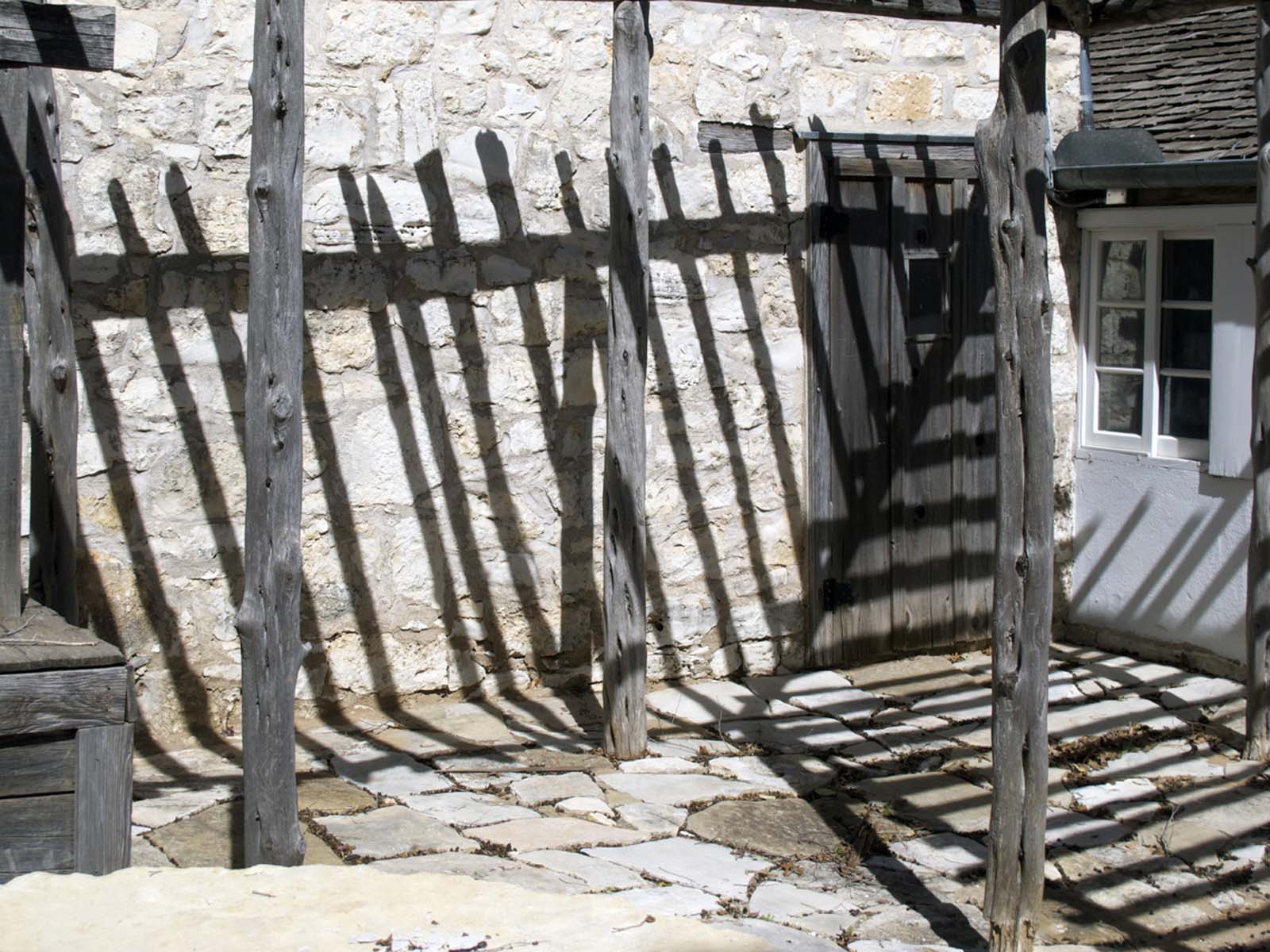Do you know that moment when you read something and all of a sudden things fall into place, finally a factual reason given that validates previous amorphous feelings? So it was when I read an essay by Brian Sawers in The Atlantic about the origins of trespassing laws, which I’ll summarize below. My inkling that trespassing signs are an expression of power structures more so than a desire to simply protect property, on land and water, was confirmed when I learned about the legal history.



As one might expect, the history is not pretty. But makes so much sense when you consider the consequences of the abolition of slavery. The criminalization of trespassing started in earnest after the end of the Civil War, starting in Southern states. Punishment for trespassing was seemingly race neutral, but it was very severe. Alabama, for example, applied a penalty of three months’ hard labor. Florida allowed 39 lashes in punishment for trespassing.




What was going on?
Labor control, that’s what was going on. The biggest problem, as the plantation owners and former slaveholders insisted themselves, was to force freedmen into work during the times of Reconstruction. Black Code laws, affecting the (former) slave population were suspended by Union commanders. Under them, many states required Black people to sign yearly labor contracts; if they refused, they risked being arrested, fined and forced into unpaid labor. So how would you get people to work if you lost those threats, in an economy that was based on hard field labor that no-one else wanted to do?
Simple, make it so that the former slaves had no independent access to food or others means of survival, so that they were forced to accept working conditions and substandard wages just to stay alive. Previously, slaves had been assigned small garden plots and permitted to forage and hunt on the plantation grounds, so that the owners could save feeding costs. It was theoretically possible for the 4 million freed slaves to go on living from the land, and selling surplus goods if foraging was successful. It had happened before – In the Caribbean Islands slaves from sugar plantations went to live in the hills, and the British colonialists had to import workers from Asia at great cost.





So hunting and fishing or grazing livestock on private land was outlawed, and labor laws and vagrancy statutes established that allowed courts “to sentence to hard labor “stubborn servants” and workers who did not accept “customary” wages.” The threat of starvation had to hang over laborers to force them into working the fields.






One problem? Most White people also used to hunt on plantation owners’ properties, and did not want to see their traditional rights to be cut. Racist solution:
“Planters proposed and state legislatures adopted a work-around to statewide laws where possible: Many restrictive laws were enacted county by county, singling out majority-Black ones. In some counties, the new laws had to be crafted even more precisely to limit their application to parts of the county with more Black residents. If the new laws applied in areas with white residents, advocates were vocal in calling on all landowners to allow their white neighbors to continue hunting and fishing without interference.“
Northern landowners were just too happy to follow suit soon thereafter, even though labor control was a smaller issue. They did, however, felt they needed to show who was boss and in particular felt that immigrants needed to be severely controlled. The U.S. Supreme Court, for example, upheld a 1909 Pennsylvania law specifically designed to stop immigrants from hunting. The state went a step further and banned immigrants from owning dogs in 1915.




Privatizing the outdoors is, of course, ongoing.
Here is an overview of some of the implications for all of us.
Occasionally, there are small victories. In a small community close to where I live, for example, the 400 acre lake in the middle of Lake Oswego, was cut off for decades from public access by the rich homeowners surrounding the water. This April, a judge ruled that Oregon’s public trust doctrine applies to Oswego Lake, and the public therefore has a right to access the lake through public parks, a sudden reversal in a longstanding battle. If it isn’t about economics, it’s about privilege. Let’s not have the plebs disturb our view, or come close to our gardens…



You might remember what I wrote about foraging and prohibited access in an earlier blog. Here is Alexis Nelson and her co-host, Yara Elmjouie, introducing us to trespassing laws in a quick video.



And for music today there is Wind in Lonely Fences by Harold Budd and Brian Eno. And First Light from the same album, AMBIENT 2.






